Going from reactive to proactive fleet safety
UPS is a success story in proactive fleet safety. Read how the global leader in transportation and logistics services uses telematics for Health & Safety.

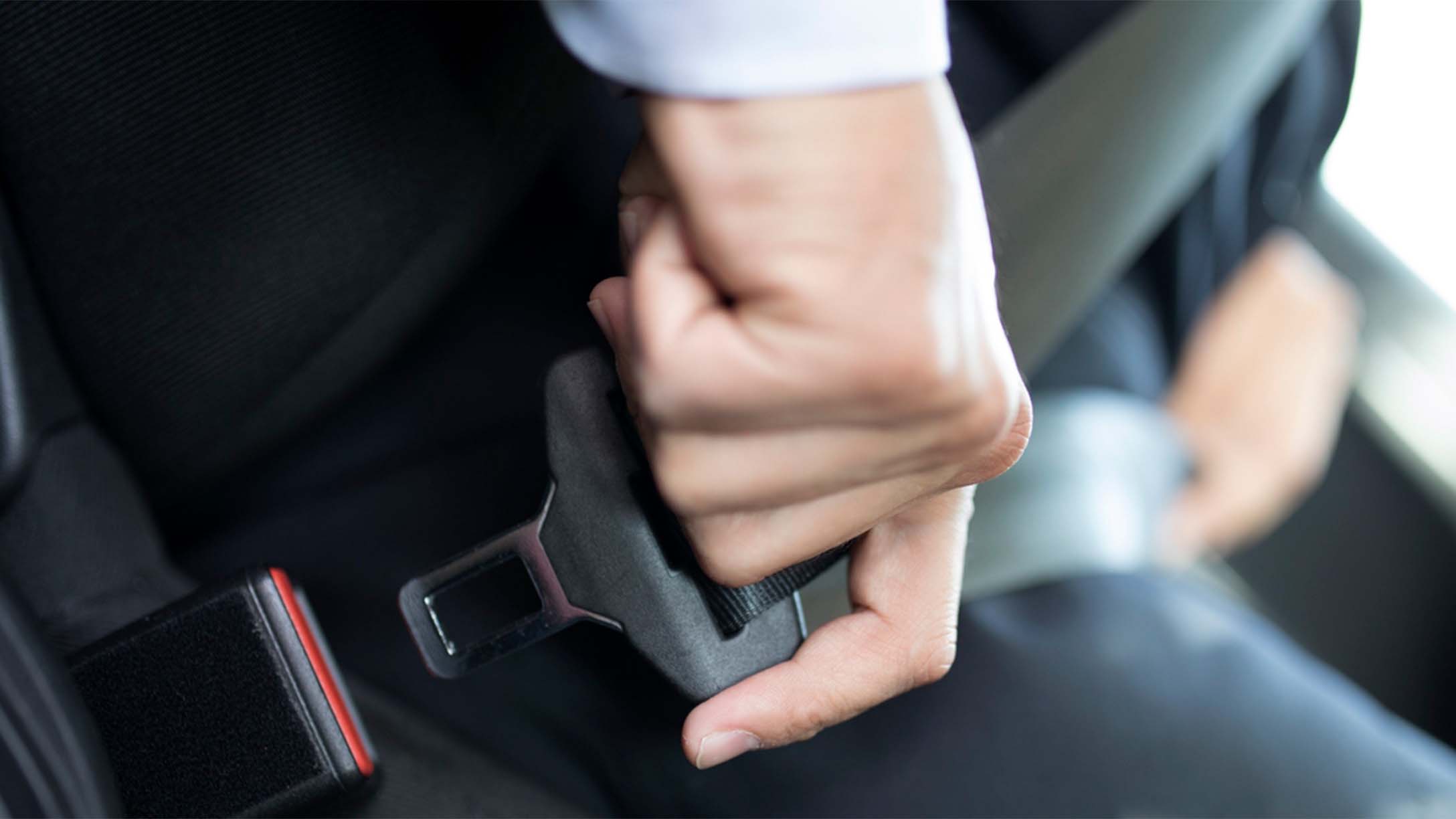
Road safety was the theme at the 2018 NETS Strength IN Numbers® Benchmark Conference this October in Frisco, Texas, which is part of the Network of Employers for Traffic Safety (NETS), organization. Presenting at the conference in partnership with NETS, UPS and Geotab shed light on the hidden cost of reactive fleet management practices.
Joe McKillips, Executive Director for NETS said:
“Our annual NETS Benchmark conference provides a tremendous opportunity for NETS members and sponsor partners to highlight their collaborative efforts with the aim of helping attendees find solutions to their most pressing road safety challenges. With advances in road safety technology continuing to play a major role in addressing risk on our nation’s roadways, sharing best practices and ‘real-world’ applications represents one of the most effective ways to accelerate progress across the fleet industry.”

Although fleets continue to identify reducing crashes as a major focus, data shows that statistics on vehicle collisions remain flat. Combine this with the rising cost of collisions and labor, it is clear that change is needed. And change is one area that UPS knows a lot about and continues to set the bar when it comes to road safety.
See also: Four best practices for fleet safety leaders
Terry Thomas, Director of Global Health & Safety Operations and Technology at UPS said:
“There is no silver bullet to safety. It is a continuing journey we have to stay committed to. However with the continuing evolution of technology, road safety professionals must become fluent with the ever-changing advanced safety features and technology aids in the fleet industry, and use them to advance road safety efforts. At UPS, one way we do this is by the utilization of telematics data to coach and recognize our drivers.”
The rising cost of collisions
Here are some figures that illustrate how fleet costs are rising:
- The cost of U.S. car repairs increased by 2.7 percent in 2016, according to the 2017 Vehicle Health Index by CarMD.
- Labor costs increased by 4.7 percent.
- The average costs of parts such as GPS, screens and patented parts increased by 1.4%.
It can also be expensive to repair advanced safety features on vehicles, including systems like backup cameras, lane departure detection and emergency braking systems.
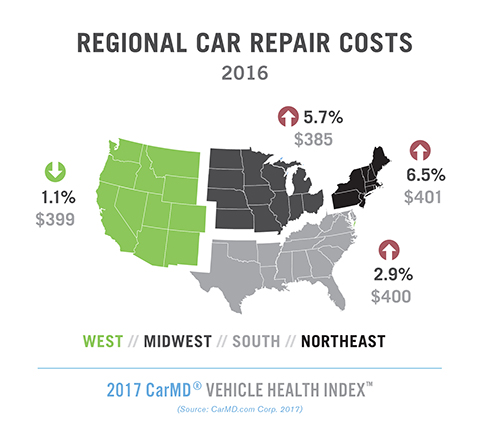
Regional Car Repair Costs in the U.S. (2016). Source: CarMD.com
Do you know your fleet’s cost of ignoring?
The definition of Cost of Ignoring or COI is the additional expense or lost savings that results when a company fails to make a strategic business investment that might improve operational efficiency, or in this case safety.
If you are not using telematics to manage fleet costs and reduce collisions, then your fleet could be missing out on potential cost savings related to collision repair or insurance. To put this into perspective, a report by OSHA, NHTSA and NETS estimated that work-related accidents could cost employers up to $500,000.
You can read the full white paper by going to Jean Pilon-Bignell’s blog post: Show Me the Money! Fleet Management ROI vs COI.
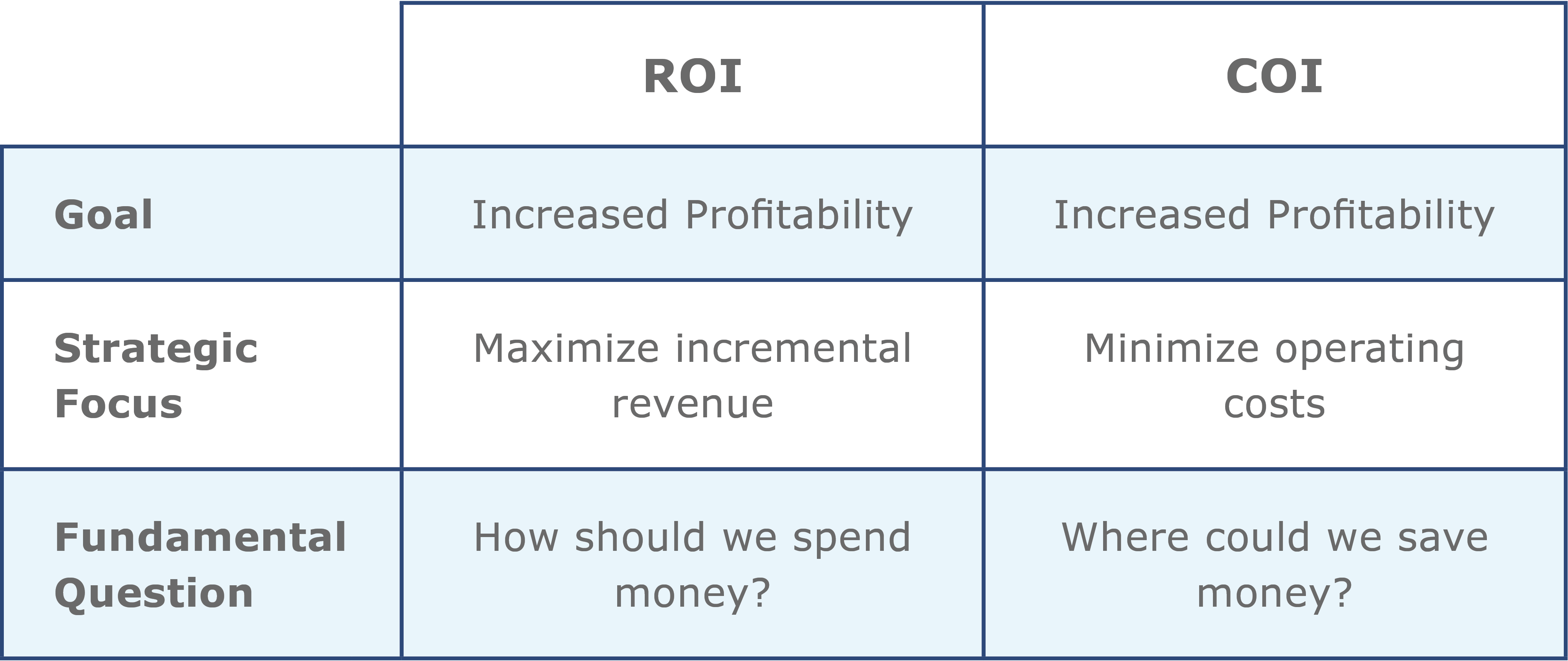
Why traditional safety policies are not as effective
A traditional safety program is reactive in nature and not as effective as a proactive program. Let’s take a closer look:
- Reactive safety technology — Backup or rearview cameras are important for improving rear visibility, but depending on the technology alone is not sufficient for managing safety. CEI Group found there was no reduction in backing up claims. Complacency increased among drivers, with one-quarter of drivers sometimes backing up without looking and one-third changing lanes without even looking. The technology — by itself — does not fully address driver behavior.
- Motor vehicle record checks — Motor vehicle records are great for pre-employment screening of drivers and continuous monitoring. However, you find out about license issues after the fact.
- Non-enforceable policies — A fleet policy that requires “limited cell phone use” for example, sets the expectation but provides little incentive to comply.
As outlined above, there are costs associated with only using these types of traditional safety policy measures.
Proactive fleet safety solutions
The NETS, Geotab, UPS presentation titled “The True Cost of a Reactive Safety Policy” asks the following question:
How do we curb the rising costs of collisions?
The answer is to take a different approach to management. Fleets can tackle the rising costs of collisions by addressing the root cause of crashes rather than just reacting as incidents happen.
Predictive analytics using telematics can help fleets identify risky driving behavior before the incident occurs. A driver safety scorecard evaluates driver performance based on key metrics such as speeding, harsh braking, seat belt use and more. Tracking risk scores for drivers makes it possible to pinpoint where additional training is needed. Gamification is another tool for motivating employees and promoting safe driving behind the wheel.
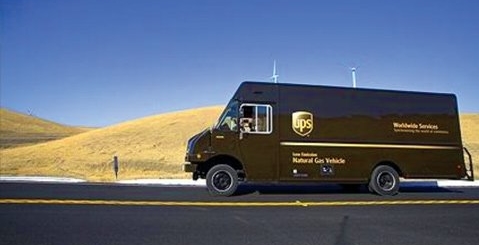
UPS case study: Smart technology for a safer workforce
UPS, the global leader in transportation and logistics services, takes an innovative approach to the safety of its workforce with smart technology. Management and its Co-Chaired Health & Safety Committees rely on telematics data to help promote and coach safe driving behaviors. “Telematics is not the sole data that is looked at. It is utilized along with other upstream measures to help UPS identify areas for improvement,” said Terry Thomas of UPS.
How UPS uses telematics for Health & Safety:
- Review telematics safety reports to inform risk reduction activities and monitor progress
- Carry out in-depth analysis of indicators of high-risk
- Share telematics safety data insights at Health & Safety Committee meetings
- Incorporate strategic telematics safety data in safety action plans
- Coach and recognize drivers
UPS is a success story in proactive fleet safety. UPS improved backing events through a dedicated focus on the issue, measurement and analysis with telematics, and strategic action. Working together with drivers along the way also contributed to the positive outcome.
Improvement was driven by three factors:
- Eliminating driver backing patterns and gaining commitment from drivers not to back up in specific situations
- Holding competitions to reduce backing
- Reviewing backing trends weekly, plus one-on-one reviews with drivers and daily training
Safety and responsibility on both sides of the wheel
With a steady increase in traffic fatalities, it is important that we all recognize the importance of road safety globally, and on both sides of the wheel. Geotab recently launched the Responsibility on Both Sides of the Wheel initiative to raise awareness about distracted driving and walking. Read more about the campaign and watch video highlights in this blog post: #PhonesDownEyesUp — Promoting Safety and Responsibility on Both Sides of the Wheel.
We encourage all fleets to take proactive responsibility in road safety. Staying informed and working collaboratively to increase road safety is part of Geotab’s core mission. In addition to NETS, Geotab sponsors and participates in a number of different safety organizations, such as Vision Zero and Together for Safer Roads.
We learn from each other, and it is presentations like the one at NETS presented with UPS and the sharing of information that leads us to greater insight and pushes us to set the bar higher.
Vehicle data will continue to play an important role in supporting road safety and making progress toward the goal of Vision Zero — zero fatalities and zero crashes globally. Combining telematics with other data sources is also useful for extracting intelligence for machine learning and proactive analytics.
Conclusion
Recognizing the human element in road safety is essential. Telematics is an effective strategy for proactive management. But collecting telematics data alone isn’t enough. Taking informed action is also necessary for improving driver and fleet safety.
Let us know your thoughts and share your success stories with us and others.
For more news on fleet safety and telematics how-tos, please subscribe to the Geotab Blog.
Related:
Subscribe to get industry tips and insights

Sherry Calkins has been involved in the global Fleet, Mobility and Automotive industry for over 20 years, working both nationally and globally.
Table of Contents
Subscribe to get industry tips and insights
Related posts

How a well-built fleet safety culture prevents legal trouble
March 28, 2025
5 minute read
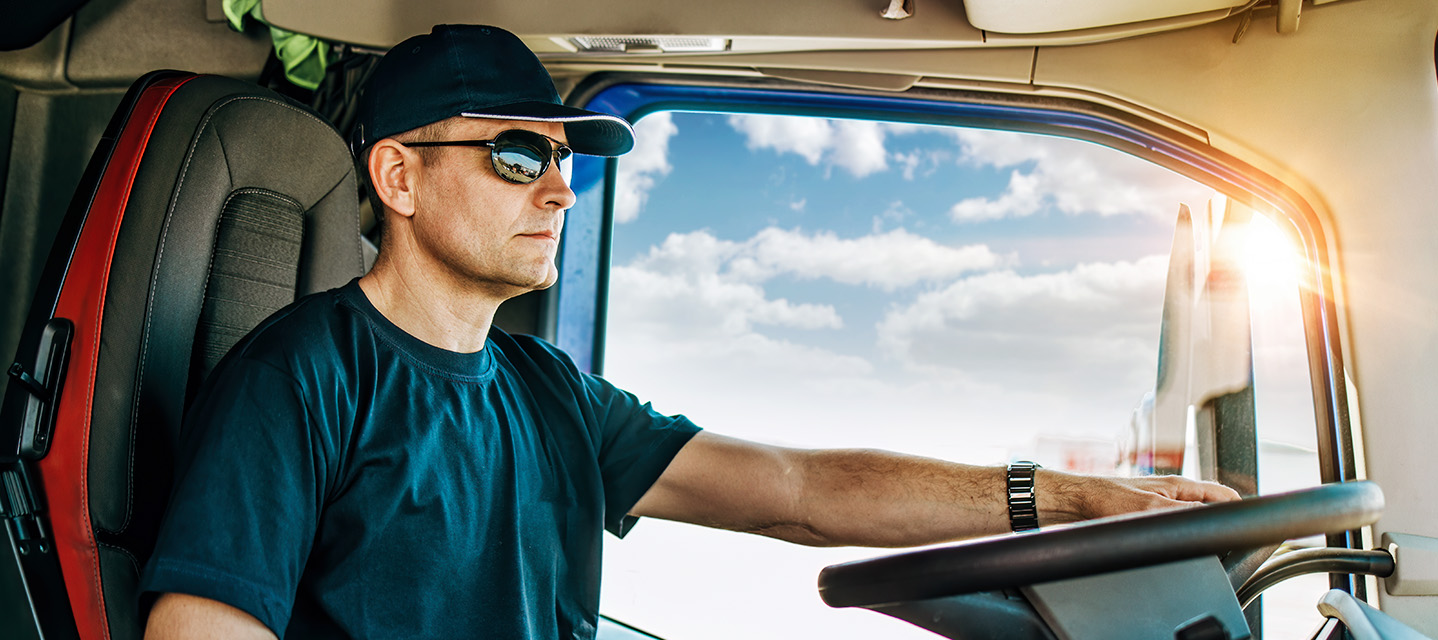
Driver behavior monitoring systems: Fleet managers’ guide for top tools + implementation tips
March 27, 2025
7 minute read
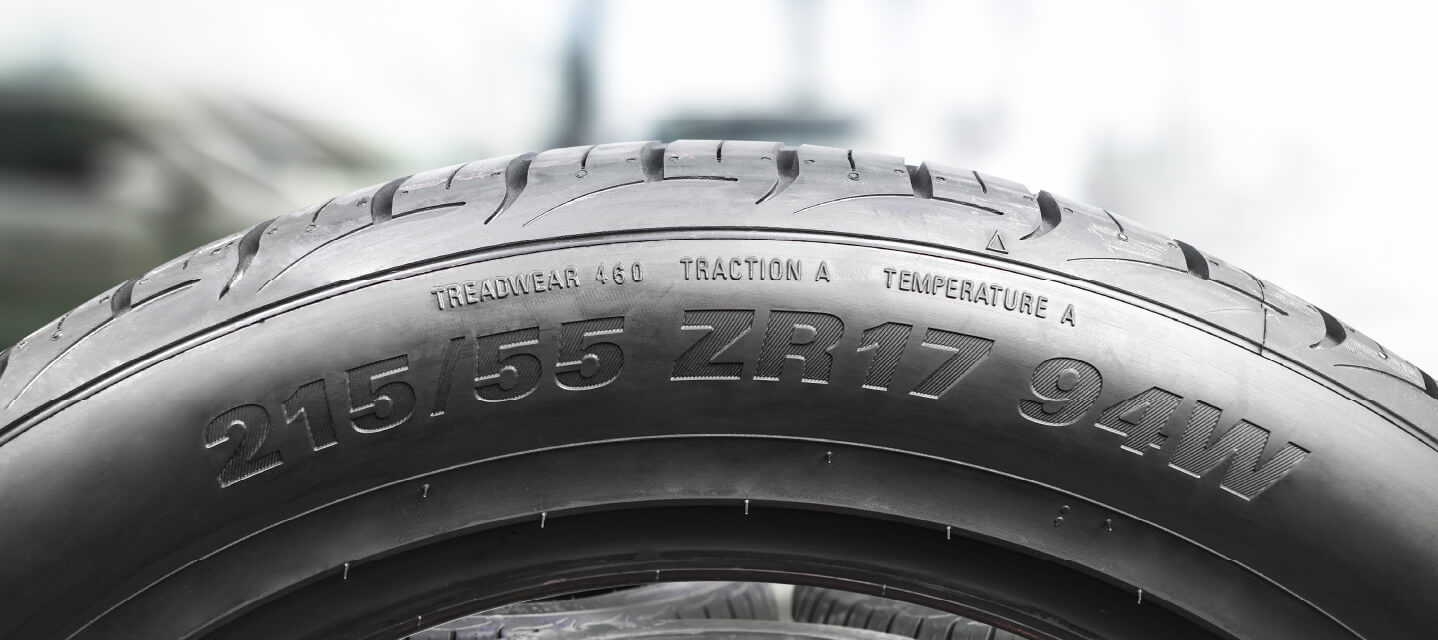
DOT tire regulations: Fleet safety best practices + checklist
March 27, 2025
5 minute read
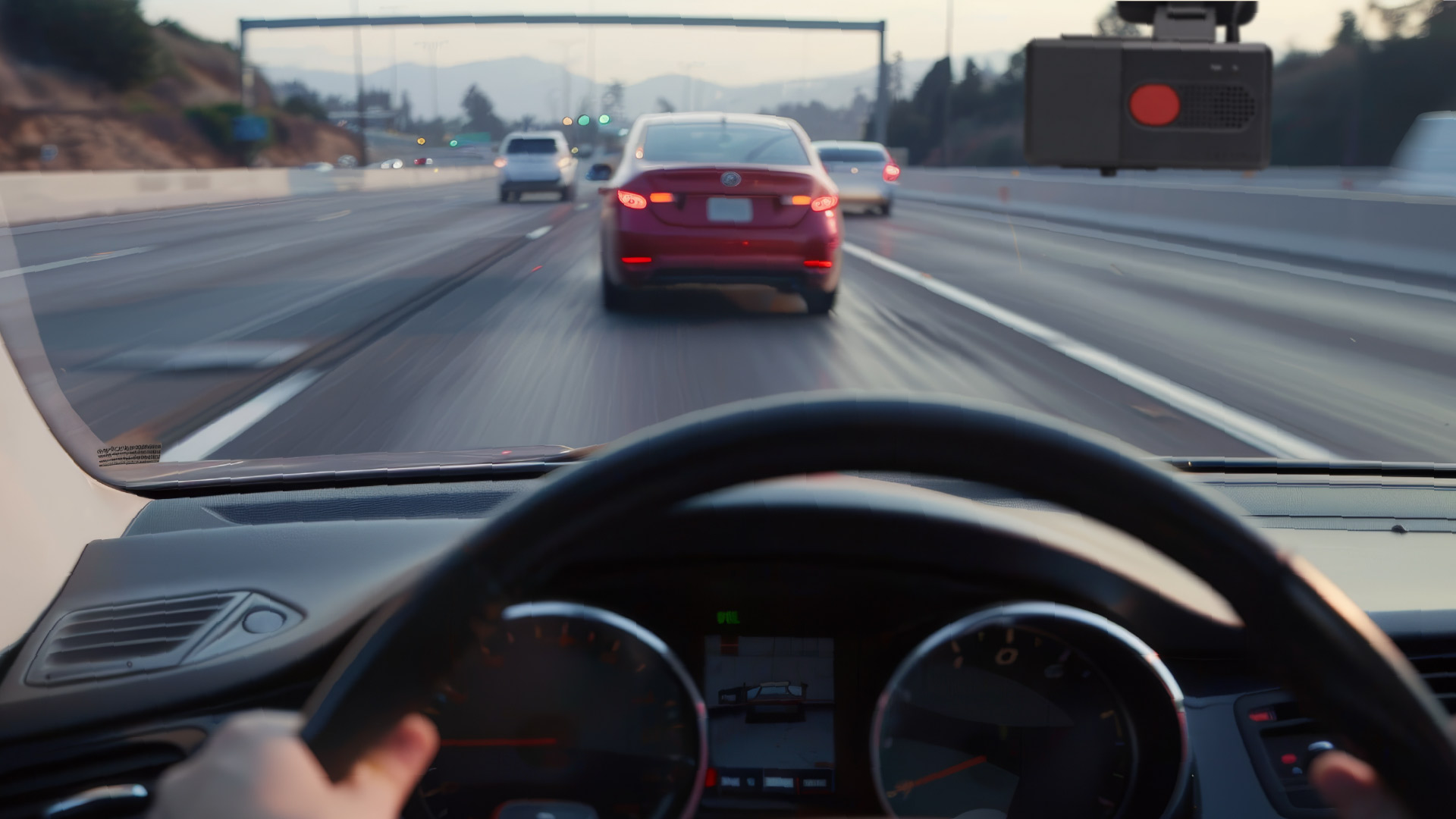
How AI-based in-cab video can lower fleet insurance costs and improve safety
March 24, 2025
3 minute read

Why driver incentive programs fail and what fleets can do about it
February 27, 2025
5 minute read
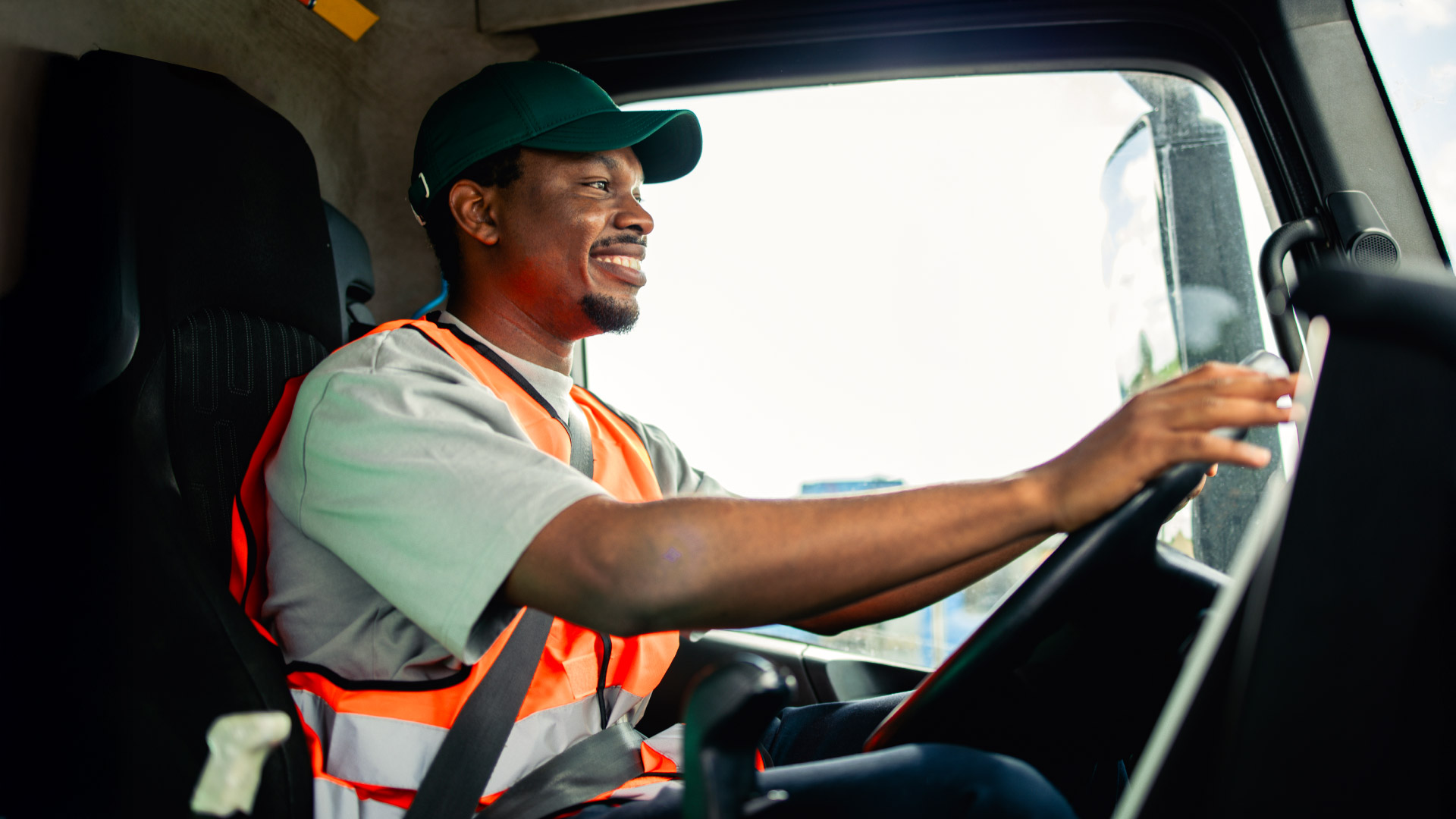
Driver incentive programs to improve safety, retention and fleet efficiency
February 7, 2025
4 minute read